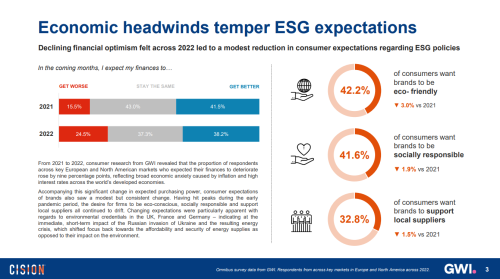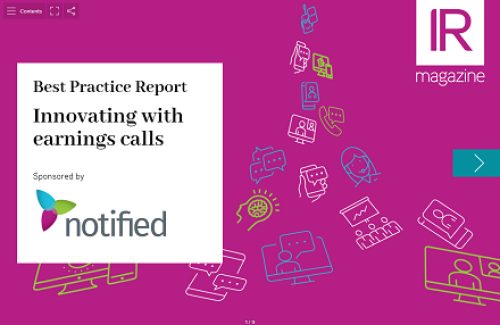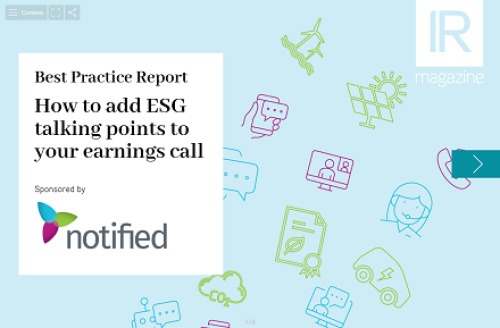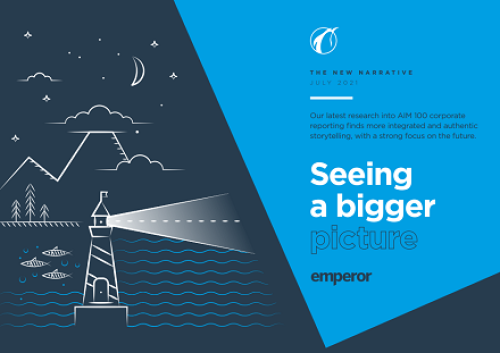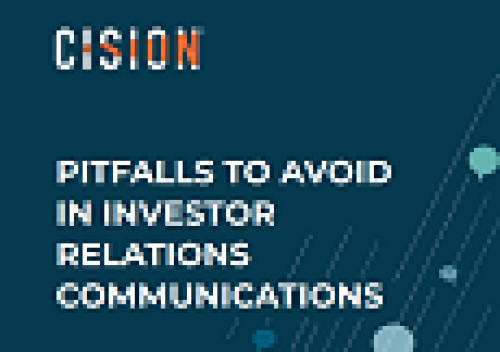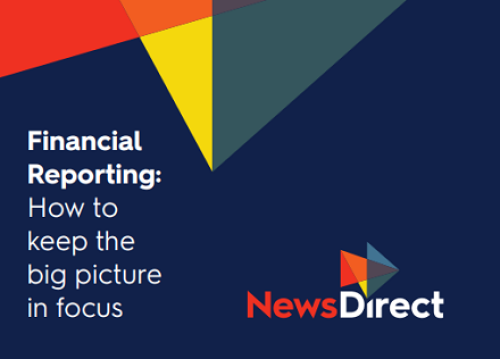The Sustainability Accounting Standards Board (SASB) today launched its 77 industry-specific reporting standards for companies to disclose material environmental risks.
SASB had previously issued provisional reporting standards that were adopted by a selection of companies – such as GM, Merck, Nike and JetBlue – and praised by investors for their focus on industry-specific materiality issues.
The new standards are the culmination of SASB’s efforts since its launch as a non-profit in 2011. They were developed with input from an investor advisory group comprising 56 members representing $29 tn in assets under management, an eight-person standard-setting board and several periods of public comment.
‘What makes SASB standards unique in the marketplace is their focus on industry specificity and financial materiality – universal concepts that are important for investors and businesses around the world,’ says SASB’s chair Jeffrey Hales in a statement. ‘Companies and investors around the world now have codified, market-based standards for measuring, managing and reporting on sustainability factors that drive value and affect financial performance.’
Speaking exclusively to IR Magazine, Hales says SASB has gained more traction with investors than issuers since its launch in 2011, but expects the launch of the formalized standards will change that. ‘There’s been a very big recent shift in awareness among mainstream investors, which are very quickly becoming aware of the importance of good ESG disclosure,’ he says. ‘It’s been more of a struggle with companies. But we’re optimistic and excited.’
SASB is in the process of forming a new advisory council of up to 150 members, of which about 60 percent will be issuers. This council will help to promote the new standards, encourage their adoption and ensure they resonate with the issuers in the same way they do with investors.
This advisory council, along with the standard-setting board, will assess the standards and likely request updates to specific standards when needed. But Hales doesn’t anticipate another wholesale update for some time.
SASB and other reporting standards
With SASB, the Global Reporting Initiative (GRI), the Task Force on Climate-related Financial Disclosures, Carbon Disclosure Project, the International Integrated Reporting Council (IIRC) and many other reporting frameworks, some commentators have likened the reporting landscape to an alphabet soup. But Hales explains that each group does have a unique purpose and they regularly meet at the Corporate Reporting Dialogue, which is hosted by the IIRC.
‘Each of these organizations has its own mission and mandate, and that’s important,’ Hales says. ‘I understand the alphabet soup problem, but we don’t need these organizations to all go away. We just need a better understanding of them. It’s a bit like turning on a TV channel when you’re in a foreign country and not knowing which channel to watch – there are a lot of acronyms and you don’t understand the difference. But the solution isn’t to just have one channel.’
Hales says SASB’s standards complement existing accounting standards because they speak the same language: materiality. In the ESG reporting world, he notes that SASB and GRI are complementary because GRI can be used by issuers to communicate to a broader stakeholder base, whereas SASB is primarily for investors.
The new SASB standards are available on the organization’s website.



